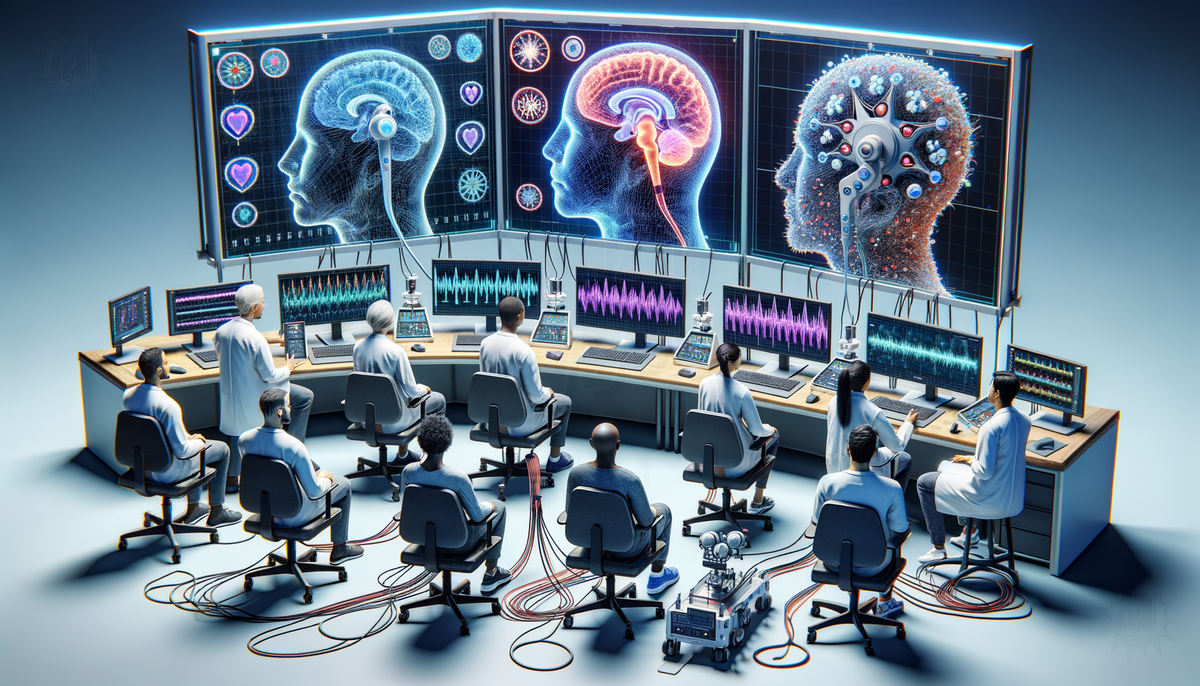Brain's Internal Navigation System Pinpointed by Scientists

Researchers from the University of Birmingham and Ludwig Maximilian University of Munich have made a significant discovery in understanding how the human brain navigates space. Through the use of mobile EEG devices and motion capture technology, they have identified a pattern of brain activity that serves as an internal compass. This compass manifests as finely tuned head direction signals that activate just before we physically change the direction we're facing. This neural mechanism, previously identified in rodents, could provide insight into spatial orientation impairments observed in neurological diseases such as Parkinson’s and Alzheimer's.
The study involved 52 healthy participants and 10 others undergoing brain monitoring for conditions like epilepsy. Participants were tasked with moving their heads in response to cues on computer monitors, while their brain activity was recorded. The research, published in Nature Human Behaviour, also intends to explore the brain's navigation through time, which may help understand the relationship between these directional signals and memory.
This breakthrough offers potential for future research into neurodegenerative diseases, where navigation and orientation are commonly affected. It also holds promise for advancing navigational technologies in fields such as robotics and artificial intelligence. The discovery not only adds a fundamental piece to the puzzle of human cognition but also opens up new avenues for therapeutic and technological innovation.




